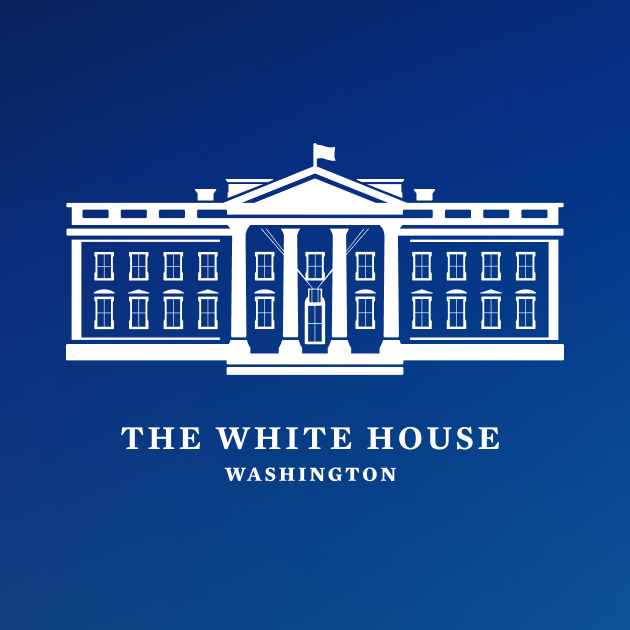White House Announces Proposals to Reduce the Racial Wealth Gap

Earlier today, the Biden-Harris Administration announced a set of proposals designed to help narrow the racial wealth gap and reinvest in distressed communities, focusing on expanding access to homeownership and small business ownership. The administration says it will launch an interagency effort to address inequity in home appraisals and publish next week in the Federal Register a proposed rule on countering housing practices with discriminatory effects (disparate impact) and an interim proposed rule on Affirmatively Furthering Fair Housing. The administration plan also includes using the federal government’s purchasing power to grow federal contracting with small disadvantaged businesses by 50 percent.
The administration’s announcement provides new information regarding President Biden’s American Jobs Plan proposals to create jobs and build wealth in communities of color. These include:
- A new $10 billion Community Revitalization Fund to support community-led civic infrastructure projects that create innovative shared amenities, spark new local economic activity, provide services, build community wealth, and strengthen social cohesion. The fund would be a HUD-administered grant program providing $500 million in planning grants and $9.5 billion in implementation funds to community-based organizations, non-profits, community development corporations, and their partners to support community-led civic infrastructure projects in economically underdeveloped and underserved communities.
- A new Neighborhood Homes Tax Credit to attract private investment in the development and rehabilitation of affordable homes for low- and moderate-income home buyers and homeowners. Today’s announcement clarifies that this new credit would be modeled after the Low-Income Housing Tax Credit. State housing finance agencies would receive an annual allocation of Neighborhood Homes Tax Credits based on population. Each state’s housing finance agency would then award tax credits to project sponsors — developers, lenders, or local governments — through a competitive application process. Sponsors would use the credits to raise investment capital for their projects, and the investors could claim the credits against their federal income tax when the homes are sold and occupied by eligible home buyers. These tax credits would cover the difference between total development costs (including acquisition, rehabilitation, demolition, and construction) and the sales price. This would, for example, make it financially viable to spend $120,000 acquiring and rehabilitating a vacant property that would sell for only $100,000 on the open market by offering a $20,000 tax credit to cover the difference.

Only homes located in census tracts with poverty rates of at least 130 percent of the area poverty rate, median family income below 80 percent of area median income, and median home values lower than the area median value are eligible for the credit. This covers approximately 1 in 4 census tracts nationwide — the most underserved communities in America. Homes that are redeveloped using the credit may sell for only four times the area median family income, and home buyers cannot have incomes exceeding 140 percent of the area median family income. This will enable low- and moderate-income buyers — including home buyers of color — to purchase their own homes and build wealth.
- $5 billion for the Unlocking Possibilities Program, which would award flexible funding to jurisdictions that take steps to reduce unnecessary barriers to producing affordable housing and expand housing choices for people with low or moderate incomes. The program would provide grants for community engagement and technical assistance to help communities identify the most powerful levers to produce more affordable housing; investment and incentives to implement land-use and zoning policies that remove needless barriers to needed housing; and extensive evaluation to identify the policy changes that most effectively encourage affordable housing production.
- The administration’s plan would also create the $15 billion Reconnecting Neighborhoods Program for competitive grants for planning, technical assistance, and capital investments to support the planning, removal, or retrofitting of existing transportation infrastructure that creates a barrier to community connectivity, including barriers to mobility, access, or economic development.
- In addition, the Department of Transportation would establish the Thriving Communities Program to support communities’ efforts to eliminate persistent transportation barriers and increase access to jobs, schools, and businesses. This initiative would invest $5 billion in historically marginalized communities and bring stakeholders together to ensure that more communities have clean, robust, and affordable transportation options, including high-quality transit, equitable neighborhood revitalization, and other enhancements to improve neighborhood quality of life and address climate change.
- The president’s plan also would invest $30 billion in new Small Business Administration initiatives that would reduce barriers to small business ownership and success. These initiatives would increase access to capital by establishing a new direct loan program for the smallest businesses, developing new loan products to support small manufacturers and businesses that invest in clean energy, and launching a new Small Business Investment Corporation that will make early-stage equity investments in small businesses with priority for those owned by socially and economically disadvantaged individuals.

